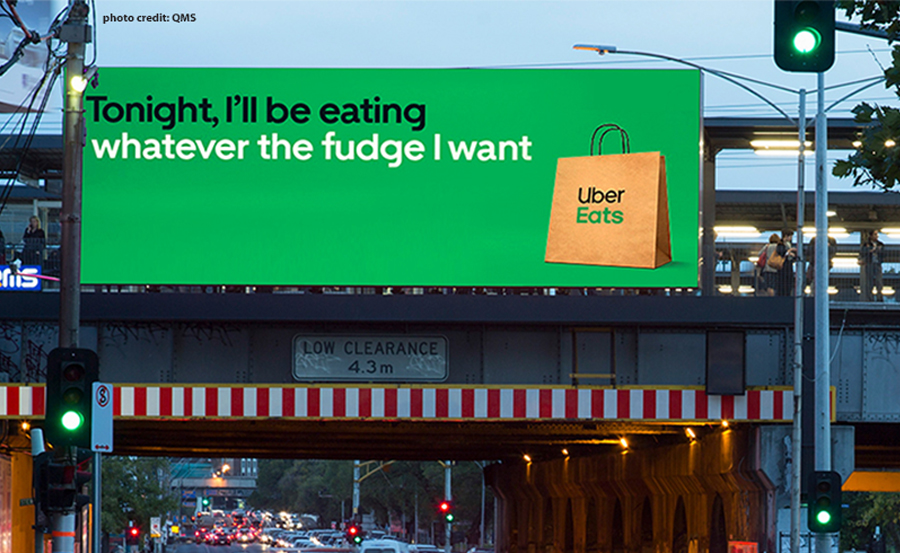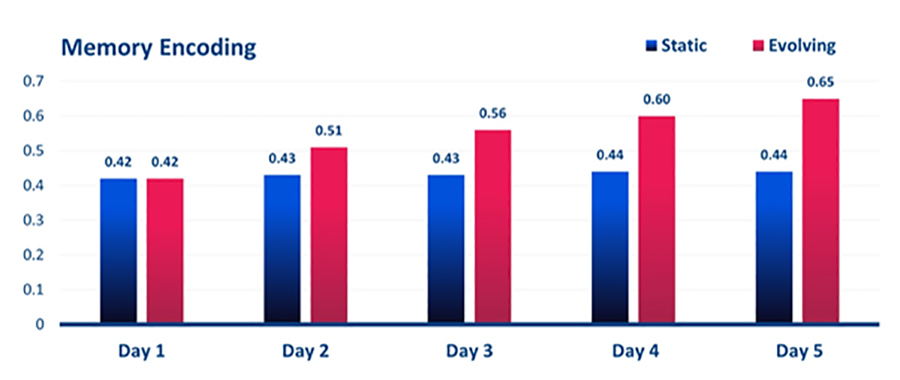QMS neuroscience study highlights greater impact of DOOH campaigns with changing creatives
By M4G Bureau - August 25, 2021
The study revealed that long term memory encoding, critical for campaign effectiveness, continues to grow in respondents that are exposed to evolving creative.

Leading Australian DOOH company QMS in its latest neuroscience study conducted in partnership with Neuro-Insight, brings to the fore the finding that long term memory encoding, critical for campaign effectiveness, continues to grow in respondents that are exposed to evolving creative. A QMS report states that a creative that evolves was shown to deliver a 38% higher impact than that of static creative by day 5.

The study captured real-life, continuous digital and static OOH panels over consecutive days, to accurately measure how the human brain responds to a piece of creative advertising each day.
Spanning 30 creatives across 15 categories, one of the strongest performing campaigns in the study harnessed the capabilities of DOOH with a simple creative change that displayed the day of the week matched with the live temperature at the time, to deliver an 18% stronger result than the average DOOH campaign.
QMS Chief Strategy Officer, Christian Zavecz was quoted in the report as saying it was imperative for both media owners and advertisers to properly understand the additional value the capabilities of DOOH delivers and how they can be used to drive greater campaign efficacy. “Now, for the first time, we can quantify what we have always intuitively thought about the medium. Incorporating the strategic use of creative evolution into a brand’s campaign is now proven to increase its effectiveness,” said Zavecz.
Zavecz added, “The study also uncovered some important lessons about frequency and the role that DOOH, through its breadth of capabilities, can play in being able to maximise effective OOH campaign reach.”
In addition, the research also revealed that whilst static creative works well at providing brands with continuity or branding objectives, evolving the creative message enables brands to more effectively communicate new information and therefore add more layers to a campaign.
“For the first time, we can now scientifically prove that static images on OOH or DOOH do a great job at reminding audiences. But with evolving creative, campaigns can start to maximise their frequency with small changes to the creative helping to establish or build new memories to enhance a campaign’s performance. These changes can be as simple as a colour change, or copy updating each day.
The study is the third iteration of QMS’ investment into better understanding the real impact of DOOH on consumers through neuroscience and together with its Go Digital and Go Unique studies, can now help clients gain an even deeper understanding of how to maximise their investment into DOOH to deliver real results.

